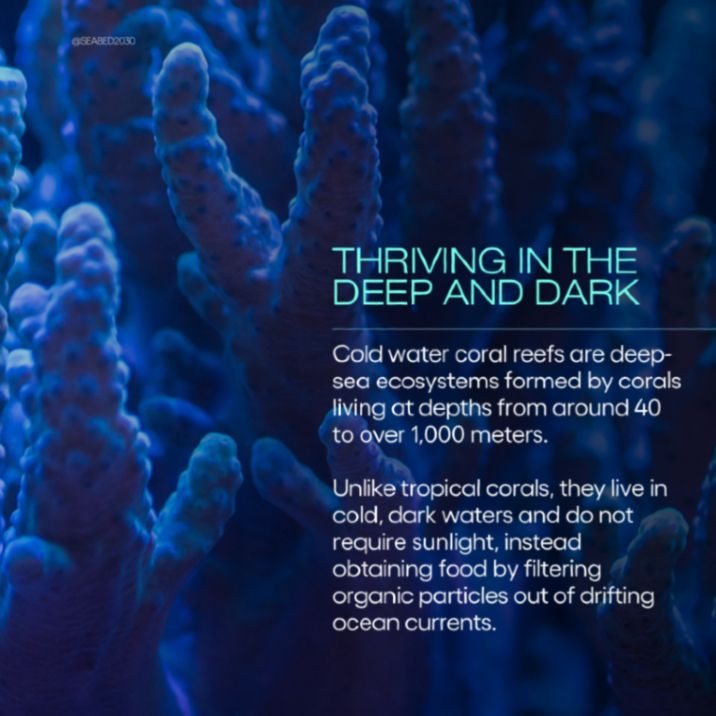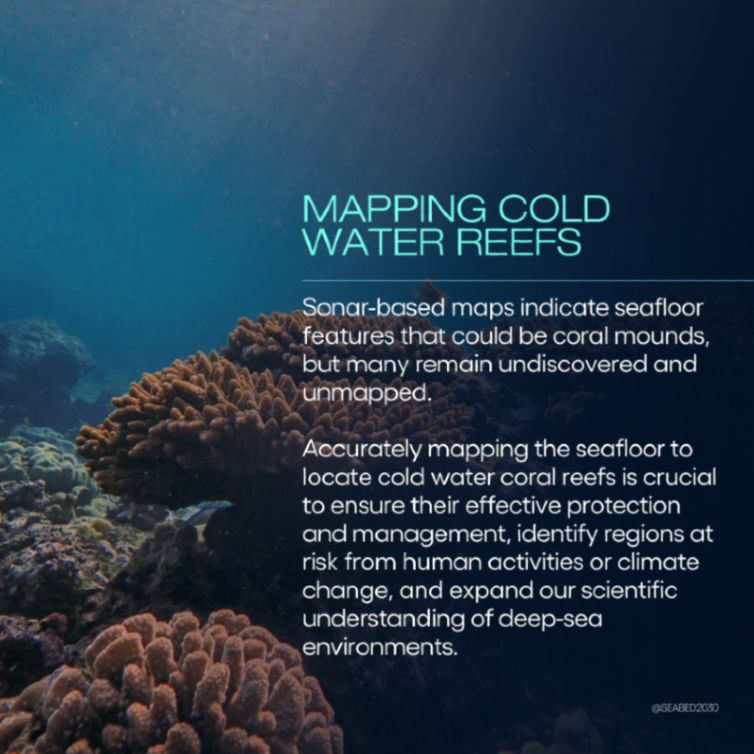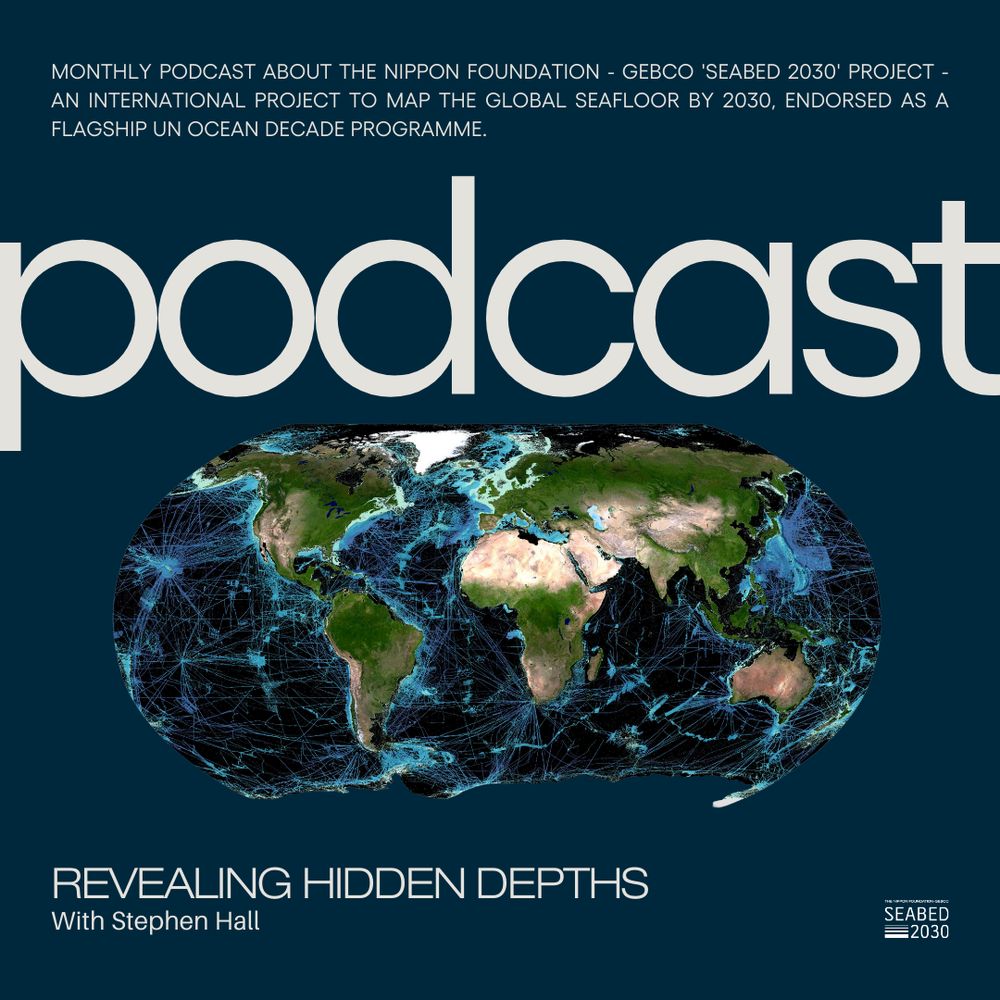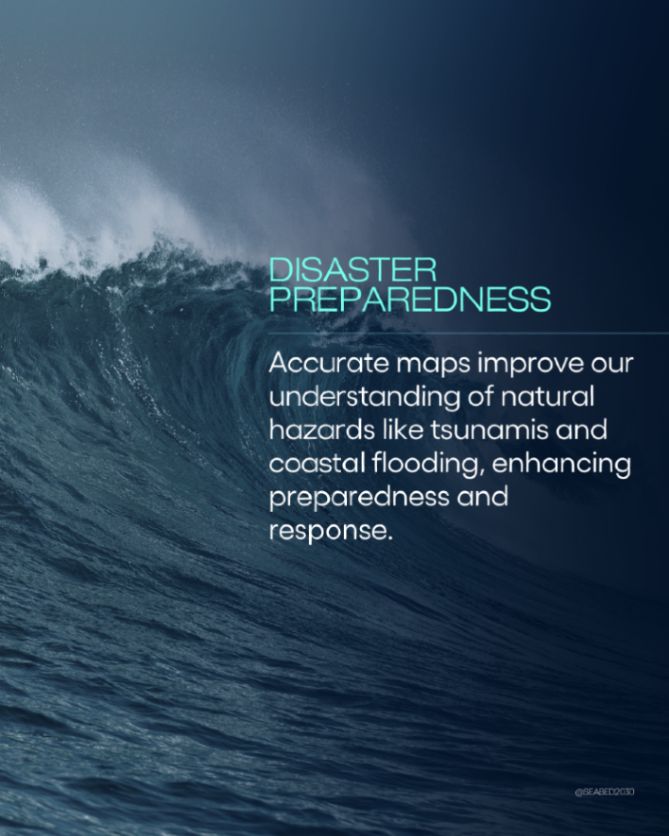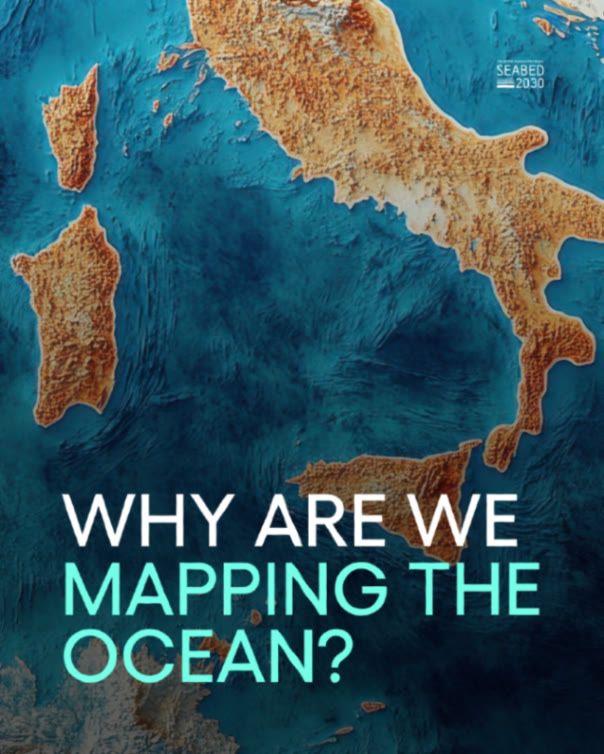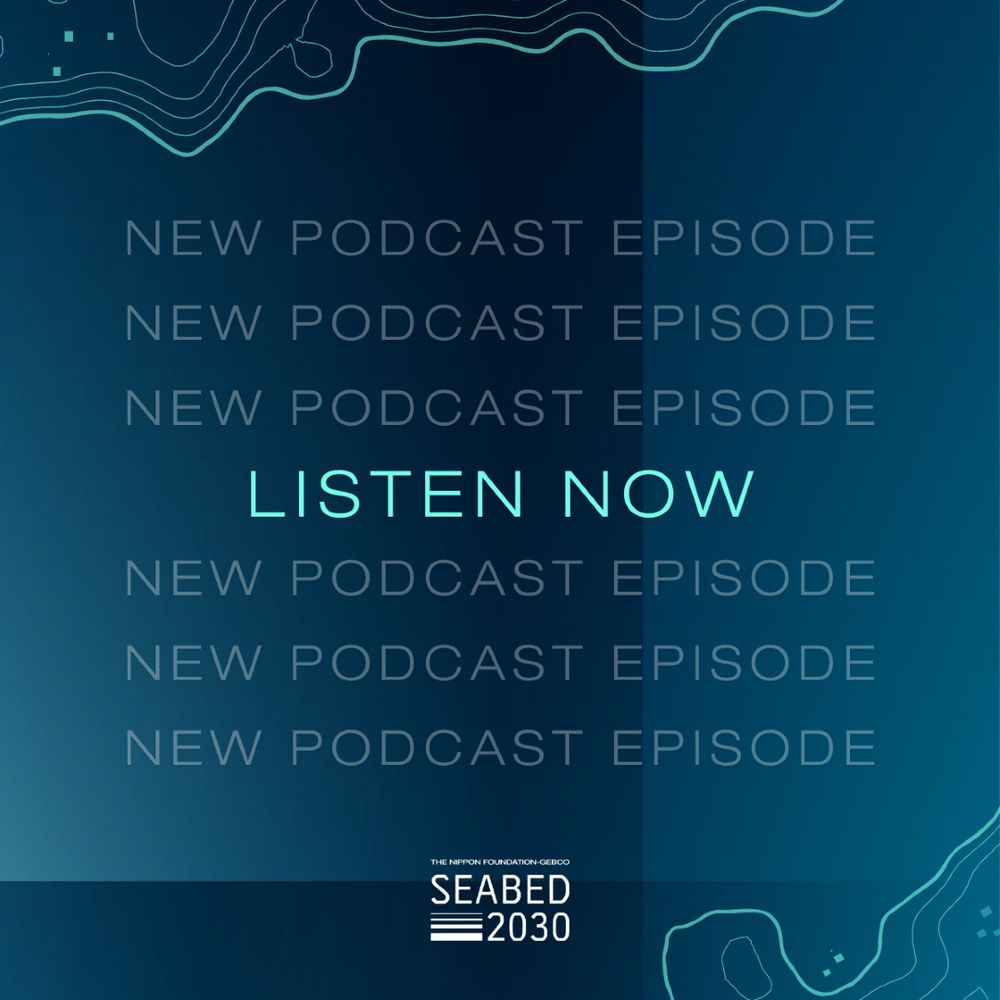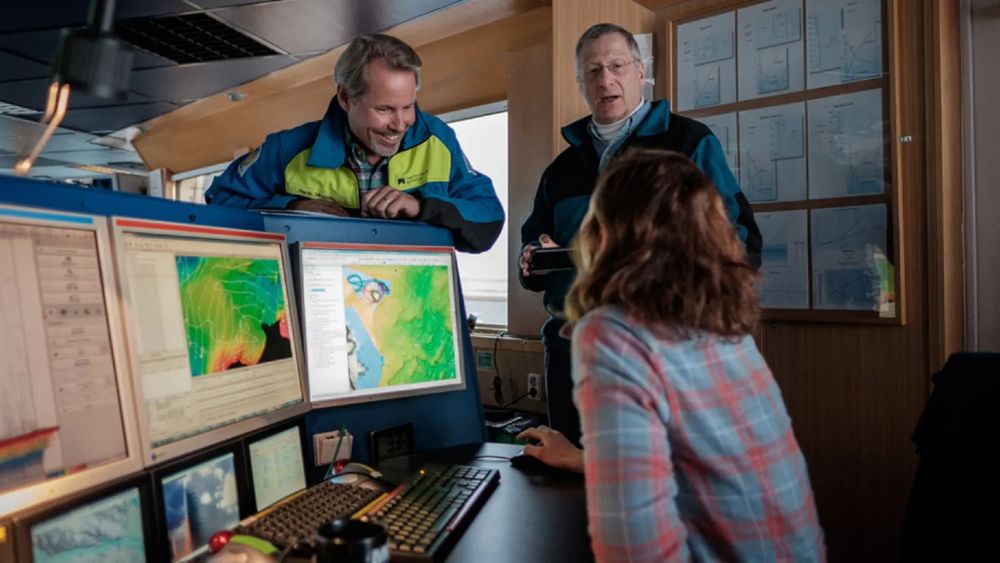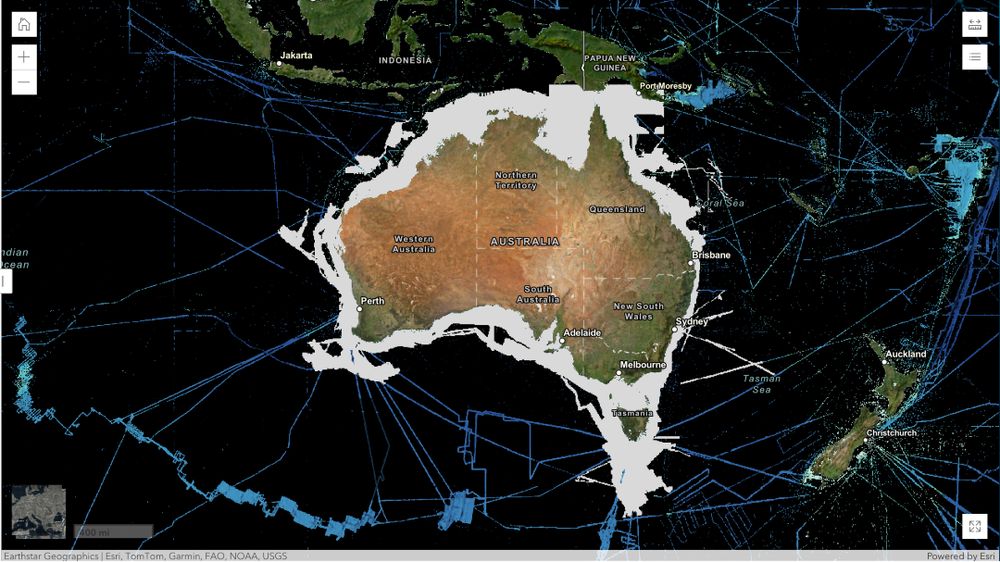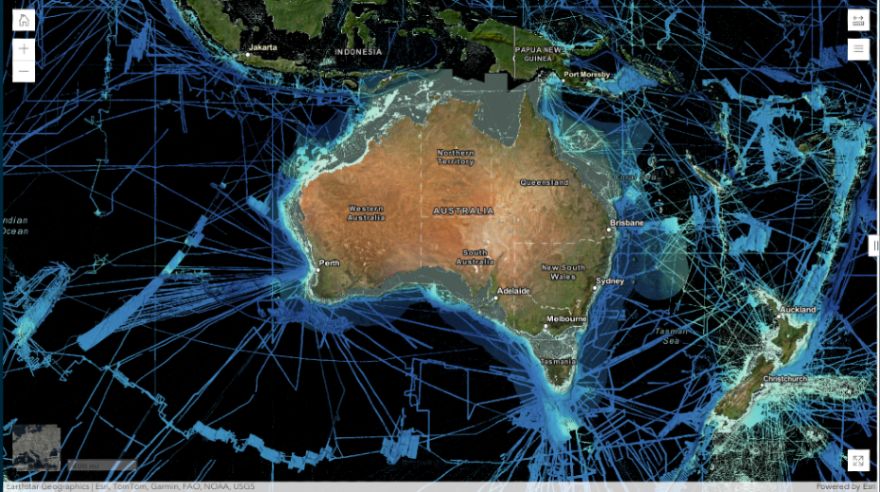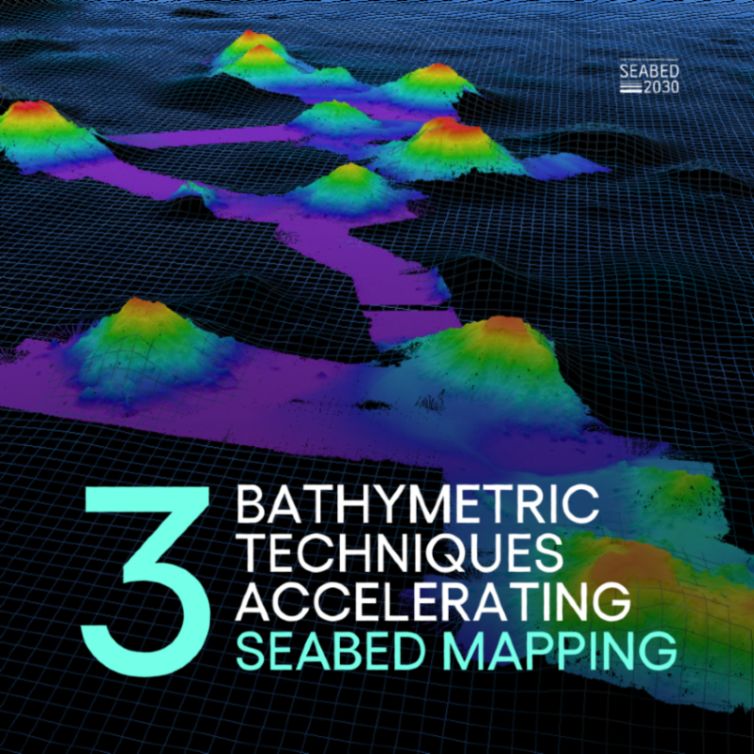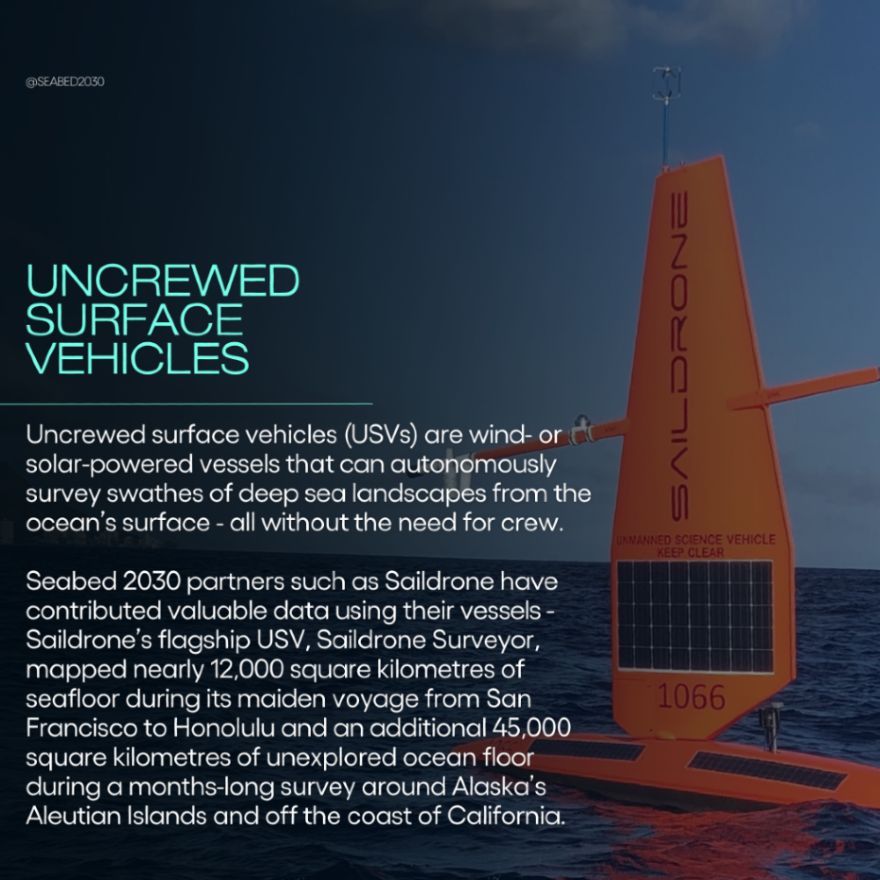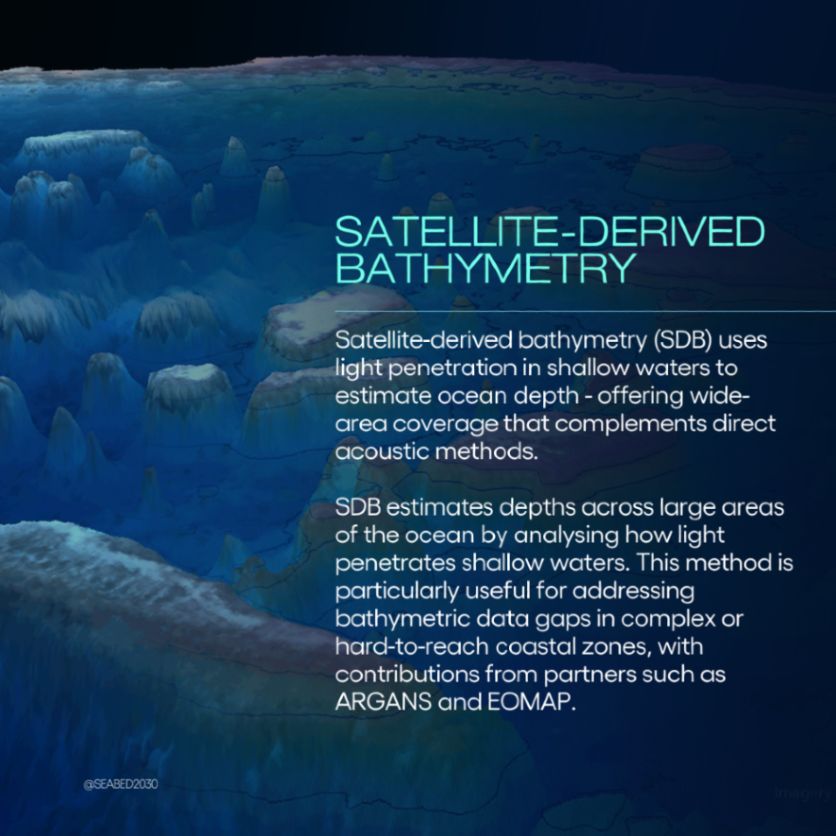Seabed 2030
@seabed2030.bsky.social
140 followers
16 following
320 posts
A global initiative by the Nippon Foundation-GEBCO in relentless pursuit of achieving a complete map of the ocean floor by 2030 Endorsed by the UN Ocean Decade
Posts
Media
Videos
Starter Packs
Seabed 2030
@seabed2030.bsky.social
· Sep 10
Get involved — Seabed 2030
This is an example page. It’s different from a blog post because it will stay in one place and will show up in your site navigation (in most themes). Most people start with an About page that introduces them to potential site visitors. It might say something like this: Hi there! I’m a bike messenger […]
seabed2030.org
Seabed 2030
@seabed2030.bsky.social
· Sep 10
Seabed 2030
@seabed2030.bsky.social
· Sep 8

Episode 18 - Seabed 2030 at SubOptic, a subsea cable industry event - Revealing Hidden Depths - the Seabed 2030 Podcast
For Podcast 18, August 2025, Seabed 2030 Head of Partnerships Steve Hall brings an update from our recent attendance at SubOptic 2025, a conference and trade show of the global subsea cables industry. We were invited by Alcatel Submarine Networks,...
www.buzzsprout.com
Seabed 2030
@seabed2030.bsky.social
· Sep 8
Seabed 2030
@seabed2030.bsky.social
· Sep 8
Seabed 2030
@seabed2030.bsky.social
· Aug 29
Seabed 2030
@seabed2030.bsky.social
· Aug 29
Seabed 2030
@seabed2030.bsky.social
· Aug 27






